
Tips to Distinguish Naturally Ripened Bananas from Chemically Ripened Ones
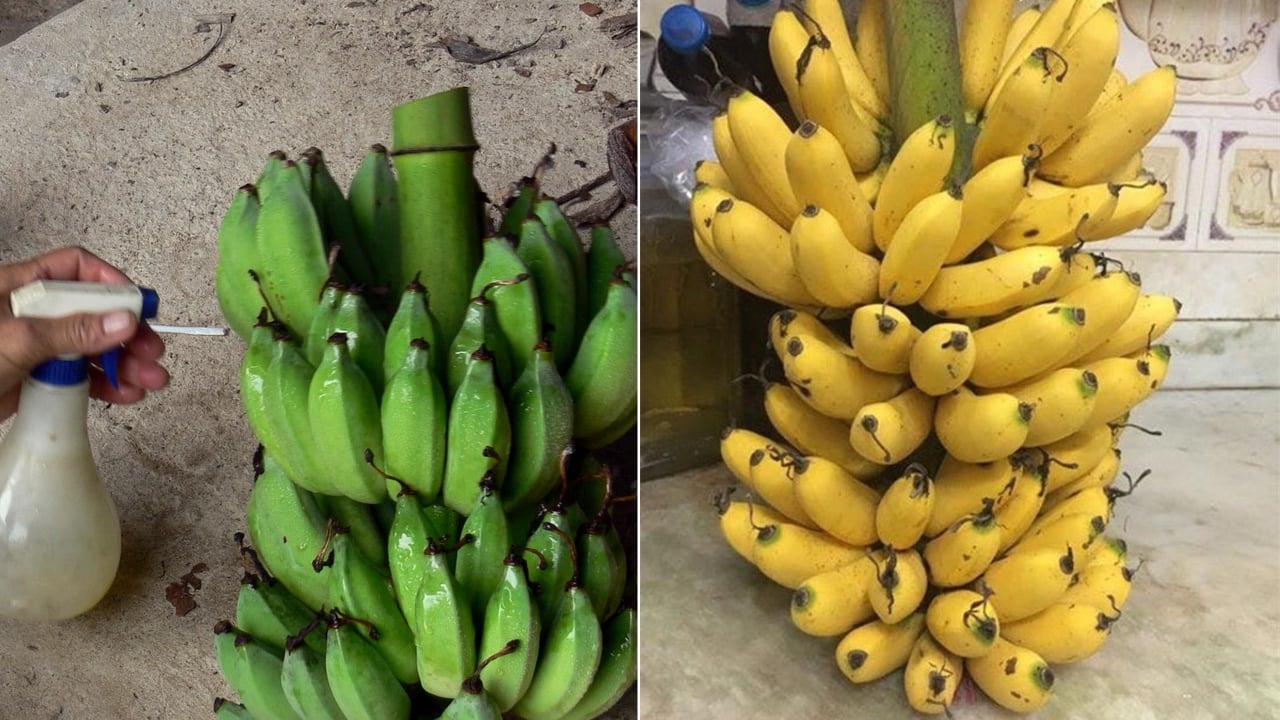
Bananas are a familiar, affordable, and highly nutritious fruit that many people enjoy daily. They can be eaten green—often paired with salads or cooked in soups—or savored when fully ripe, used in baking, smoothies, and various desserts.
However, because bananas are widely consumed and easy to sell, some vendors harvest them while still completely green and use chemicals to force them to ripen quickly. These bananas usually look uniformly yellow and visually appealing, but they may pose health risks when consumed frequently.
To make sure you’re choosing safe, naturally ripened bananas, here are several simple and reliable ways to tell the difference.
1. Look at the Banana Stem
Freshly harvested bananas have stems that look moist and may still have a bit of sticky sap. The longer bananas have been picked, the drier and darker the stem becomes. Naturally ripened bananas typically have less sap because they ripen gradually. In contrast, bananas harvested prematurely and forced to ripen often still show quite a bit of sap near the stem, indicating they were picked very green.
2. Examine the Skin Color and Texture
According to the experience of many home cooks, chemically ripened bananas often have:
-
A smooth, flawless, uniform golden-yellow peel
-
Very few spots or imperfections
-
A bright and visually perfect appearance
Naturally ripened bananas, on the other hand, rarely ripen evenly. In one bunch, some bananas may be fully yellow while others remain green. Their peels tend to be:
-
Firm yet slightly soft
-
Deep yellow or lightly golden
-
Marked with small brown speckles as they reach peak ripeness
-
Not uniformly colored—some areas may be darker, some lighter
Bananas with many brown speckles are often very sweet; people sometimes refer to them as “tree-ripened” or “sun-ripened” bananas.
3. Notice the Aroma
Naturally ripened bananas give off a strong, sweet, distinct aroma—especially when they are fully ripe. Chemically ripened bananas, however, usually lack this fragrance because they were harvested before reaching maturity. Even if their peel is yellow, the fruit may not have developed its natural scent.
4. Check the Firmness
When touched, naturally ripened bananas feel soft and springy without being mushy. If you press lightly on the peel, you’ll notice a gentle elasticity. Chemically ripened bananas are typically firmer and feel slightly hard or rubbery, even though the skin has already turned yellow.
5. Evaluate the Taste
Flavor is one of the clearest indicators:
-
Naturally ripened bananas taste sweet, aromatic, and smooth in texture.
-
Chemically ripened bananas often taste bland, slightly astringent, or “starchy.” Some may even have a faint sharpness that signals they were not mature when harvested.
If a banana tastes dry or chalky, it is almost certainly artificially ripened.
Additional Buying Tips
To avoid waste and ensure good quality, choose bunches with a mix of ripe and unripe bananas. Eat the yellow ones first; the green ones will slowly ripen over the next few days. This helps prevent the entire bunch from ripening at the same time and going mushy before you can finish them.
If you buy green bananas, select bunches with:
-
Dark green, firm peels
-
Evenly sized bananas
-
Slight yellow patches (indicating the fruit is mature and will ripen well)
Avoid bunches with very pale green peels—they are too young and may stay hard or ripen poorly.
Mature green bananas ripen quickly at room temperature. If you want them to ripen faster, place them in a rice container or store them alongside other ripe fruits such as apples, which naturally release ethylene gas to accelerate ripening.
When buying bananas that are already ripe and ready to eat, choose those of moderate size with no bruising. Extremely large bananas may have been grown with excessive fertilizer or growth stimulants, while very small bananas are often harvested too early and force-ripened afterward.
Final Thoughts
By paying close attention to stem condition, peel color, aroma, firmness, and taste, you can easily differentiate between naturally ripened bananas and those treated with chemicals. Taking a moment to examine your bananas carefully helps protect your health—and ensures you get the best flavor and nutritional value from this everyday fruit.
News in the same category


Just Minced Meat, But Made This Way, It Becomes Irresistibly Delicious

Top 10 Occupations with the Highest Risk of Cancer
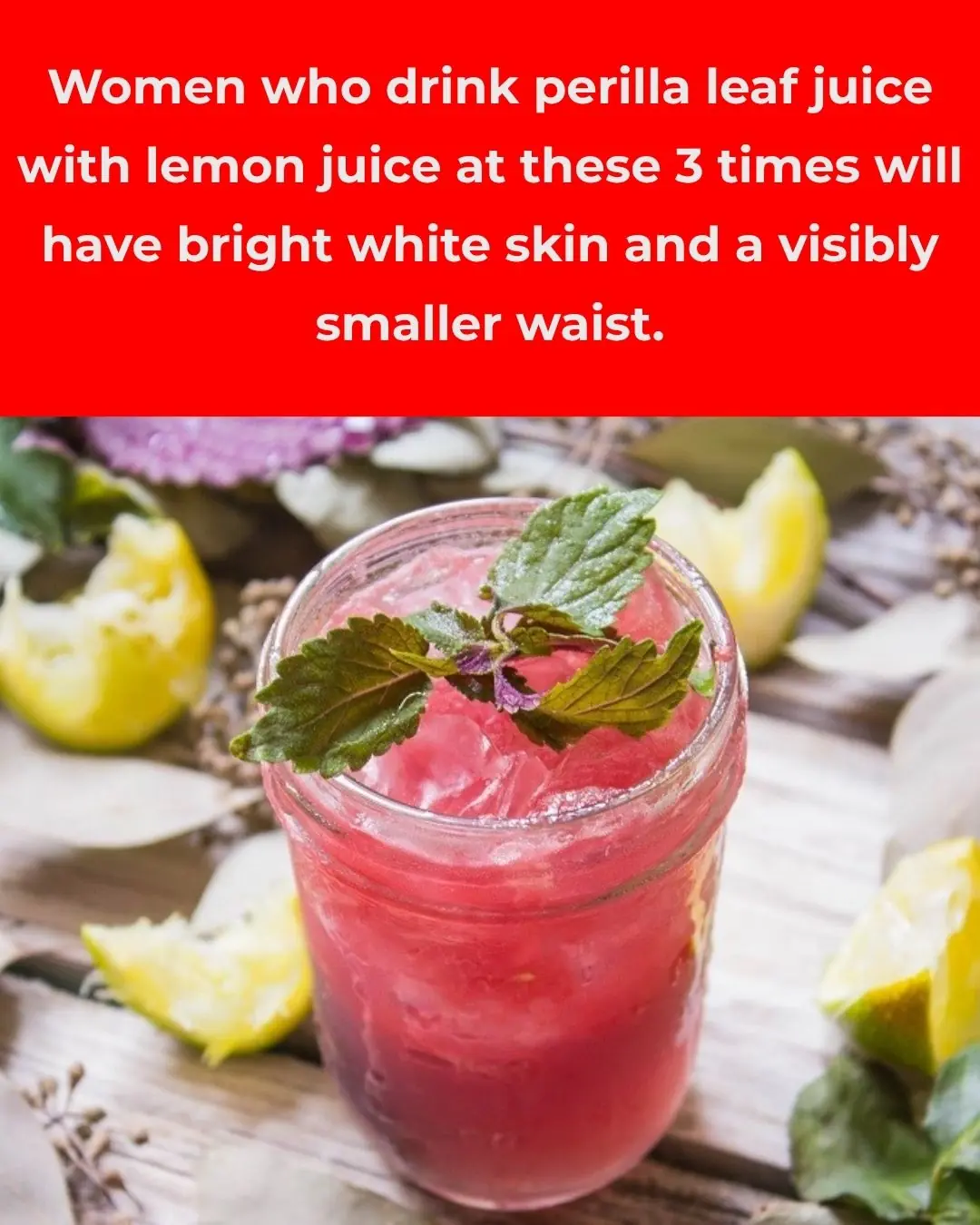
Women Who Drink Perilla Leaf Water with Lemon at These 3 Times: Brighter Skin and a Slim Waist

Why Is the Left Burner of a Gas Stove Not Ideal for Cooking?

Is It Dangerous to Stay Inside a Car During a Lightning Storm?

My Nana’s 2-Minute Trick to Get Rid of Puffy Eyes (No Work Needed!)
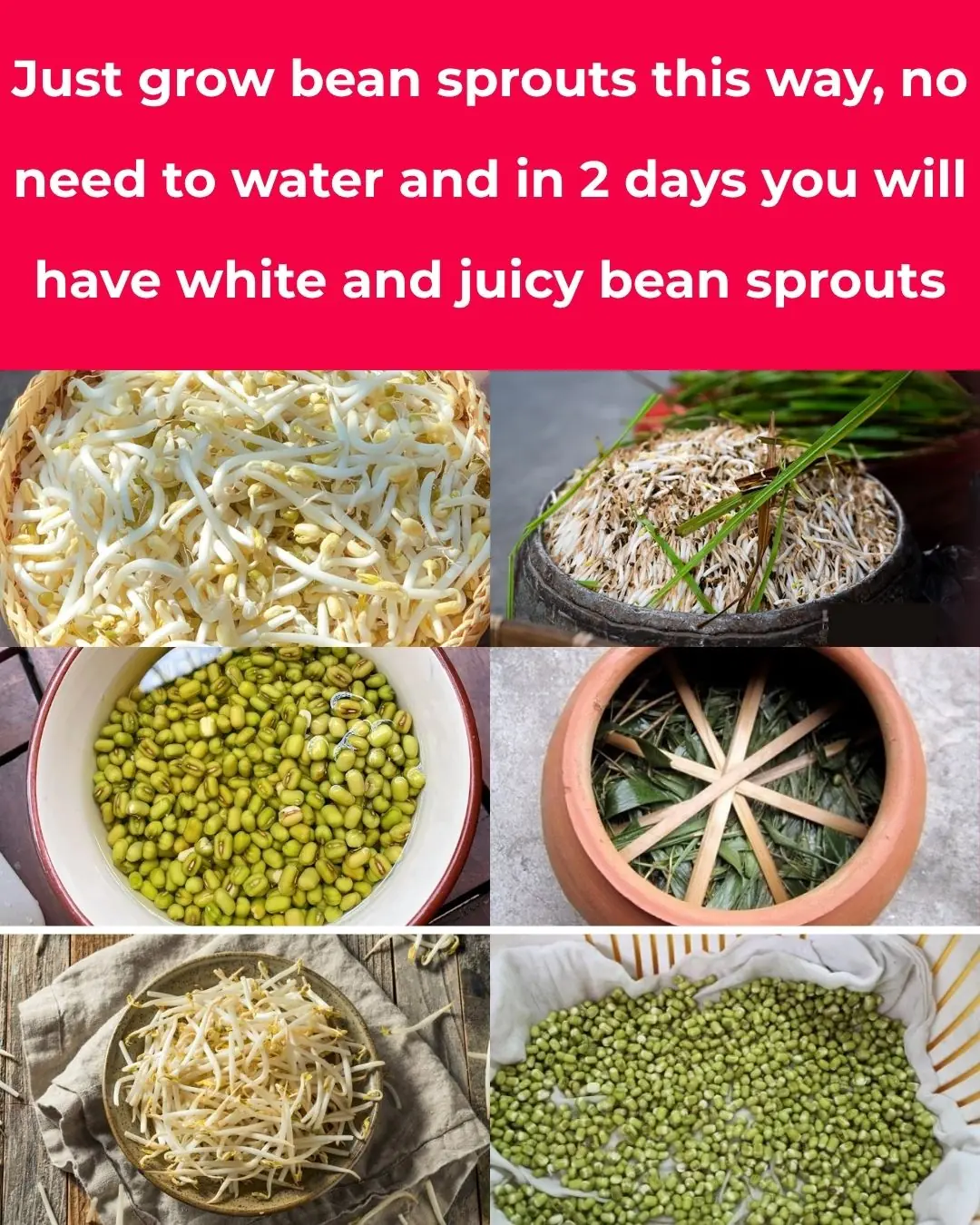
JUST MAKE THE RACK THIS WAY

Doctors reveal that eating guava causes...

The shower head is easily clogged after long use. This way, the dirt will drain away by itself and replace it with a new one
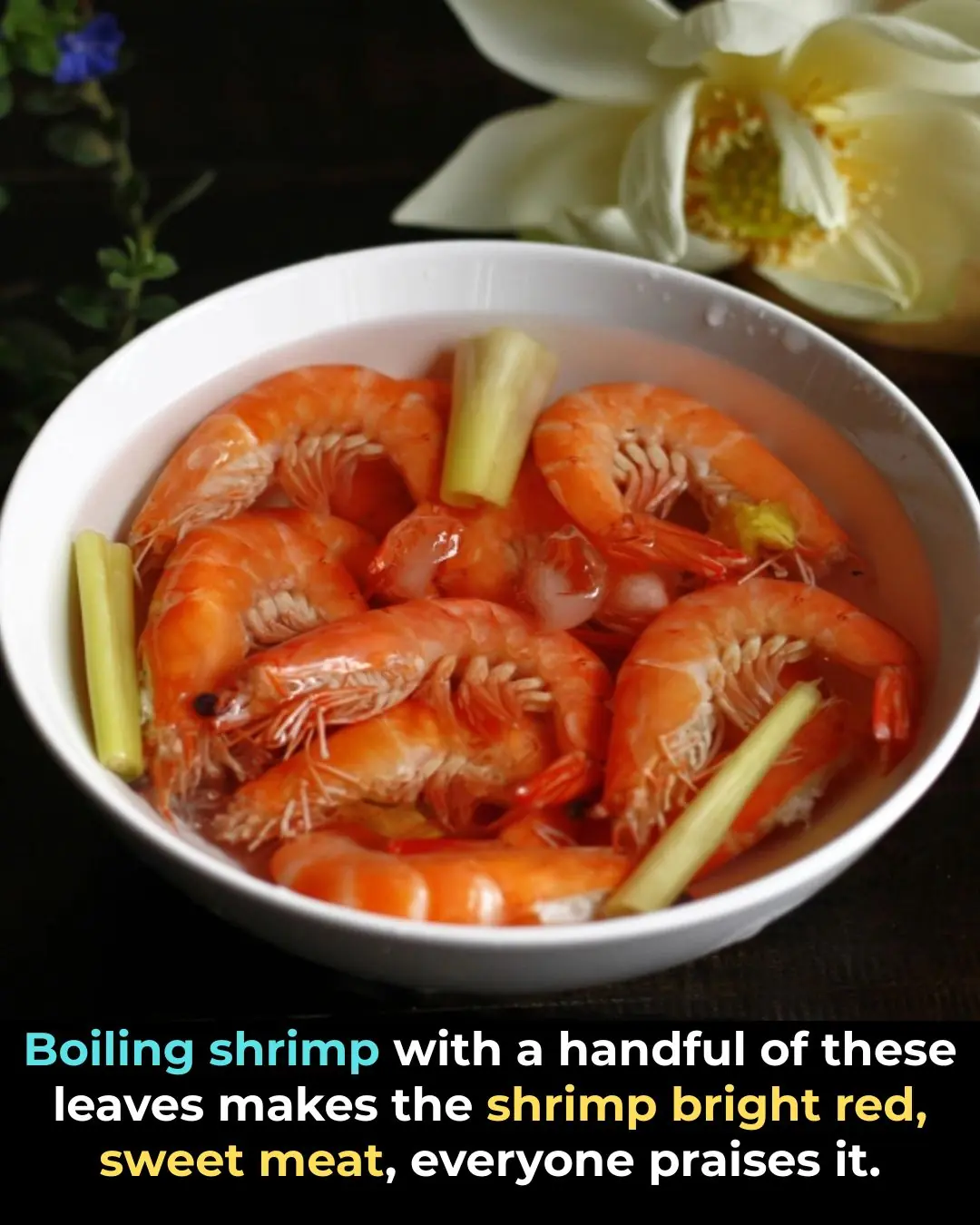
Boiling shrimp with a handful of these leaves makes the shrimp bright red, sweet meat, everyone praises it.

New Towels Feeling Sticky and Smelly? Soak Them in This to Make Them Clean

🧼 Here’s My Easy Way to Clean Oven Racks: Just One Bag & a Natural Soak
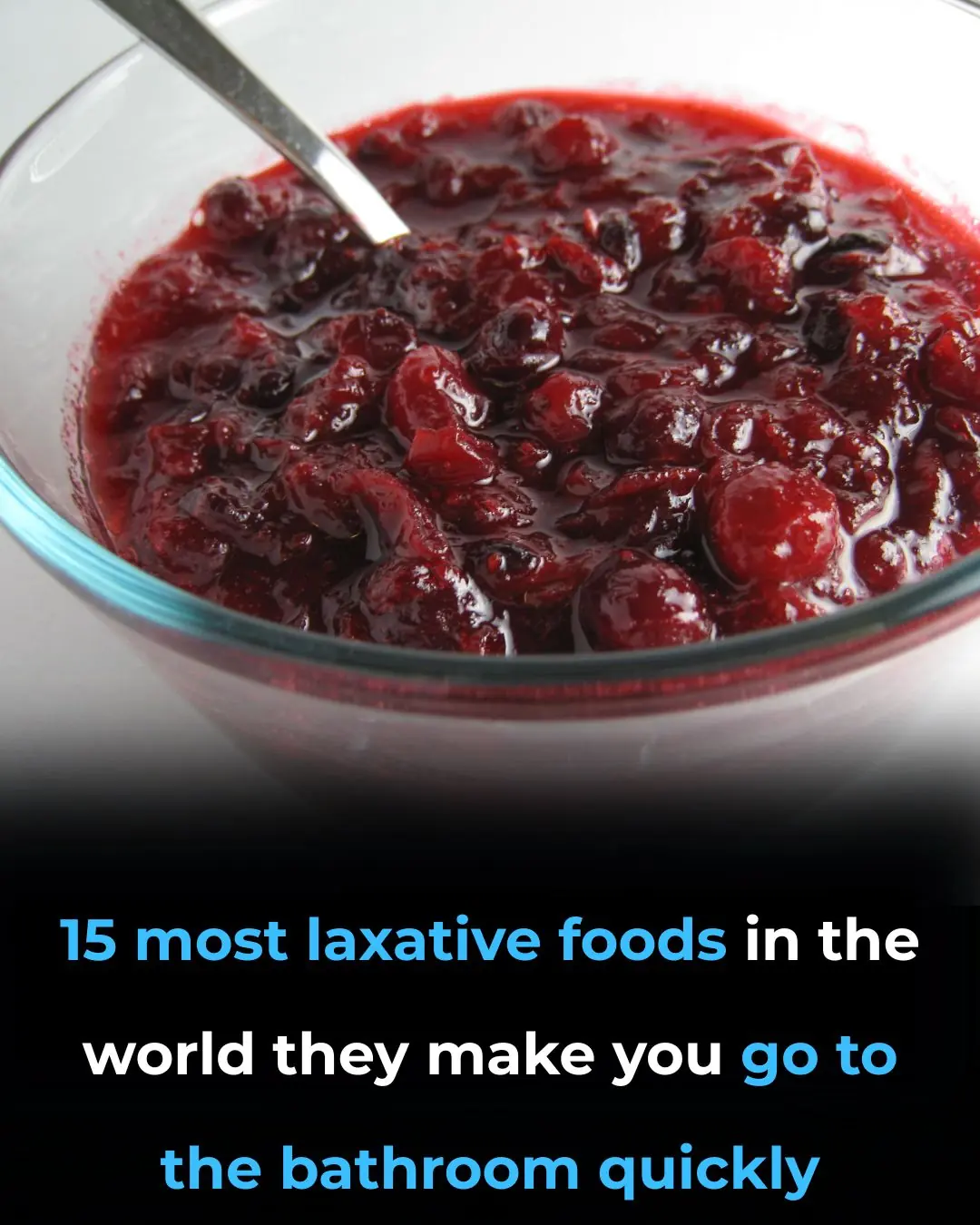
🍌 5 High-Fiber Foods That Naturally Support Digestion & Relieve Constipation
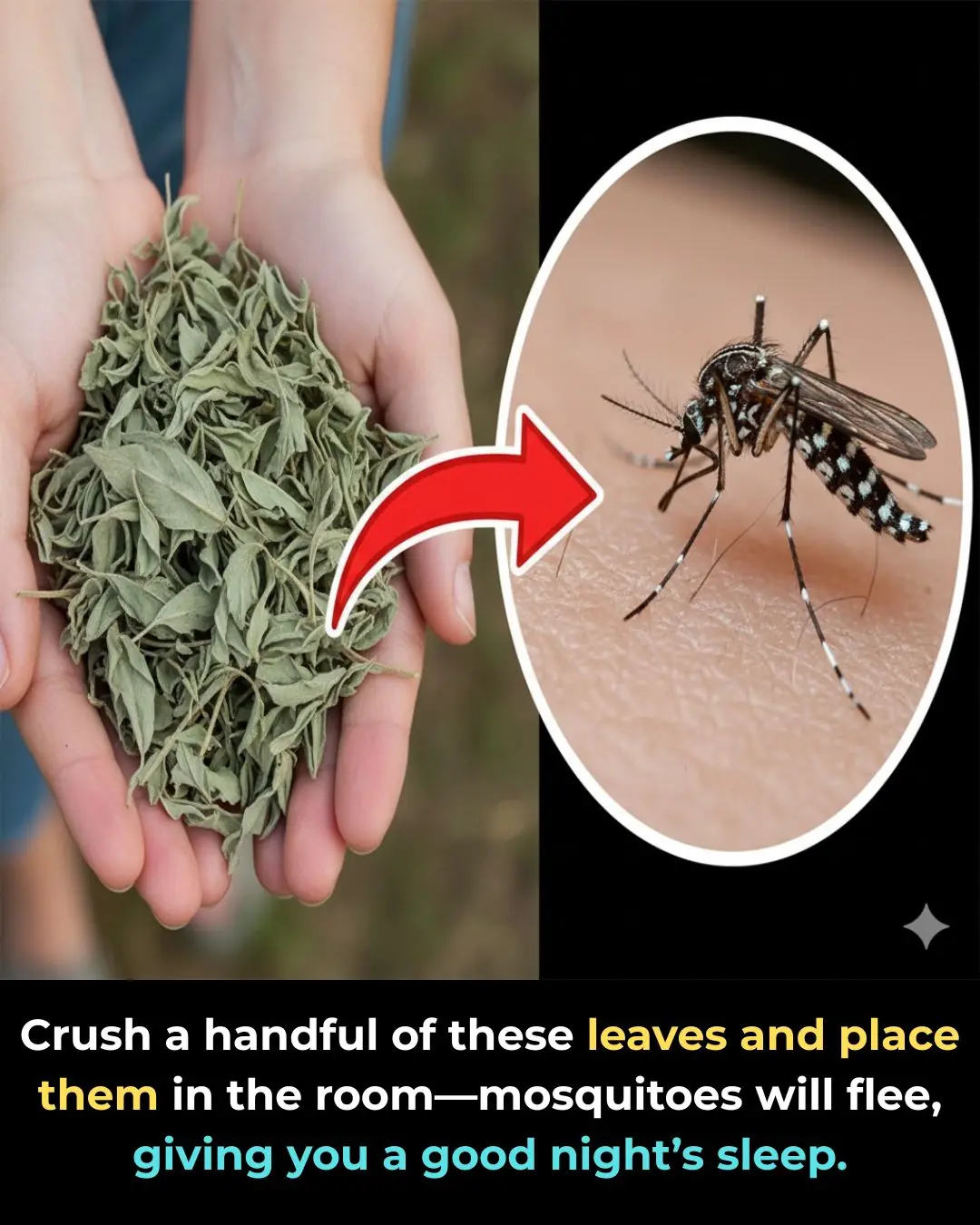
Crush a handful of these leaves and place them in the room.

Soaking vegetables in salt water is not as good as you think, if you want them clean, do it this way

Netizens compete to show off their secret tips for cleaning carved wooden tables and chairs to welcome Tet

Don't burn peach trees anymore: This is the way to help peach blossoms bloom, sprout, and still be brilliant after Tet
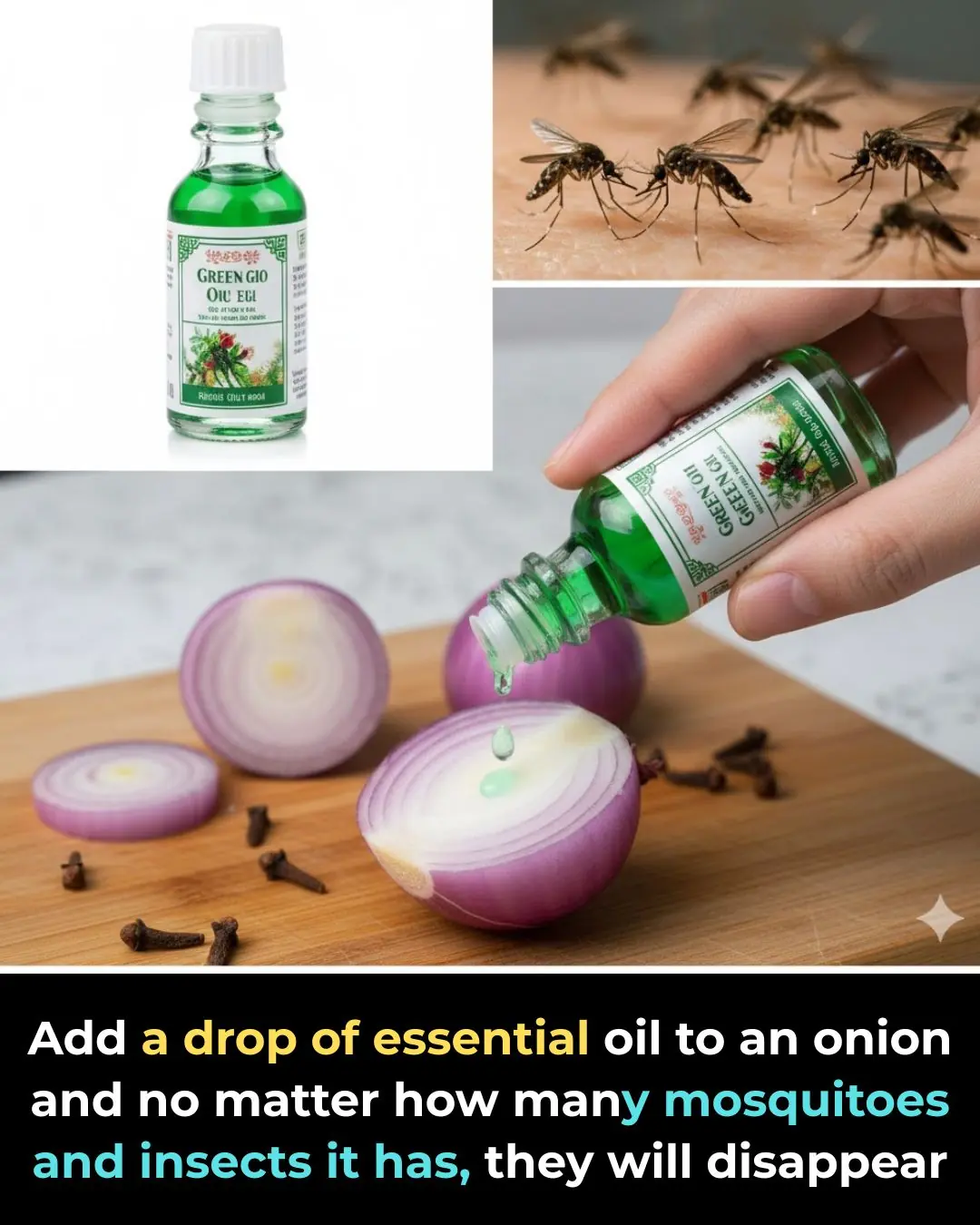
Add a drop of essential oil to an onion and no matter how many mosquitoes and insects it has, they will disappear
News Post

Many People Still Don’t Know The Meaning Behind Shoes Strung Up On A Power Line

Arnold Schwarzenegger’s Son Continues His Impressive Weight-Loss Journey

‘Get Out!’: Black Woman Banned from Restaurant After Refusing to Tip Waitress with ‘a Disgusting Attitude,’ But She Doesn’t Back Down, Video Shows

Stephen Hawking Predicts the End of the World Is Nearer Than We Think

Caroline Flack’s ex Lewis Burton says he’s received ‘online abuse’ in rare statement over Disney documentary

The Viral 70LB Baby That Was Featured On Jerry Springer Is All Grown Up, And You Better Sit Down Before Seeing Him Today

The Viral 70LB Baby That Was Featured On Jerry Springer Is All Grown Up, And You Better Sit Down Before Seeing Him Today

‘Wanna be from the Trenches So Bad’: Tiny Harris Claps Back After T.I. Embarrasses Son King at Their Grandchild’s First Party

3 Deadly Mistakes People Make with Water Heaters – Don’t Risk Your Life

The surprising vitamin that helps break down leg clots—are you getting enough?

Just Minced Meat, But Made This Way, It Becomes Irresistibly Delicious

Prince William steps out with King Charles for special Windsor Castle reception to mark Remembrance Day

Top 10 Occupations with the Highest Risk of Cancer

Women Who Drink Perilla Leaf Water with Lemon at These 3 Times: Brighter Skin and a Slim Waist

Why Is the Left Burner of a Gas Stove Not Ideal for Cooking?

Kelly Brook ‘horrified’ as GP offers her weight-loss jabs ahead of I’m A Celebrity stint: ‘I love my curves!’

Is It Dangerous to Stay Inside a Car During a Lightning Storm?

Meghan Markle shares video of Prince Harry in Afghanistan in Veterans Day message
